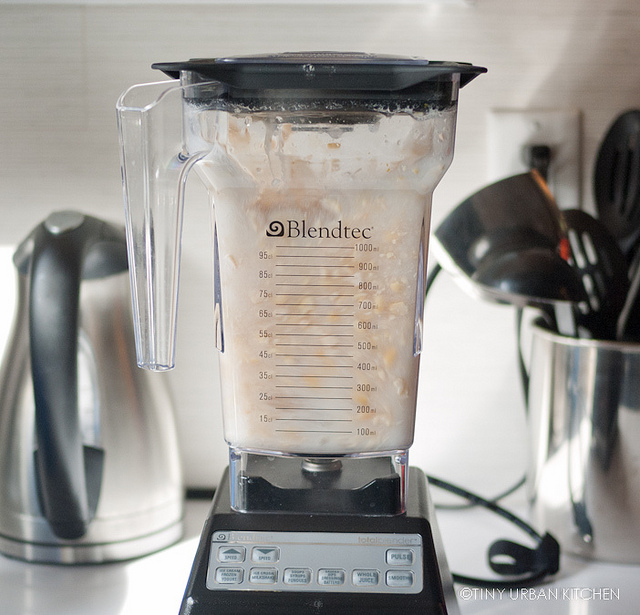
As a daughter of Taiwanese immigrants, I grew up loving the taste of fresh soymilk. Fresh soymilk is such a staple in a traditional Taiwanese breakfast, where it is often enjoyed hot with a deep fried culler (you tiao) and a sesame flatbread (shao bing).
When I was a kid, my mom used to make fresh soybean milk at home. The process was laborious. First, you soak soybeans in waer overnight. Then you steam the soy beans, blend them (in small batches), squeeze out the milk with a cheesecloth, and then slowly cook the entire mixture again over low heat.
The process would take all day, but the results were delicious.
More recently, my mom told me that my uncle (who is vegan) now makes soymilk at home using his Vitamix blender. Since I have a Blenctec blender at home, I decided to try it myself.
Wow.
I don’t think I’m ever going to buy soymilk at the market again. Not only is this stuff delicious, it only costs a few cents to make (even organic soy beans are pretty cheap), and I can make it anytime I crave soy milk.
First of all, I do want to clarify that the soymilk that comes out of the Blendtec tastes like fresh, Asian soymilk. It has the full glory of the soy bean taste, which I love, but which some people may find to be too strong.
This does not taste like Silk vanilla flavored soymilk. Instead, it tastes more like the thick, creamy stuff you can buy in Chinatown.
I think it’s absolutely delicious.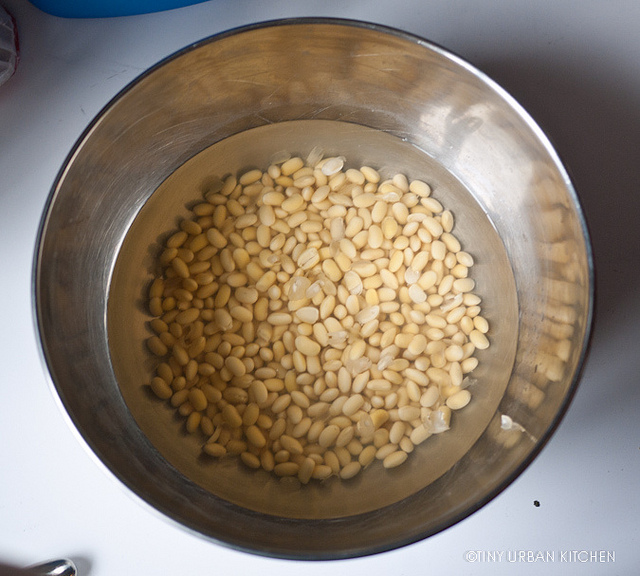
First, it’s crucial that you soak the beans, preferably overnight. 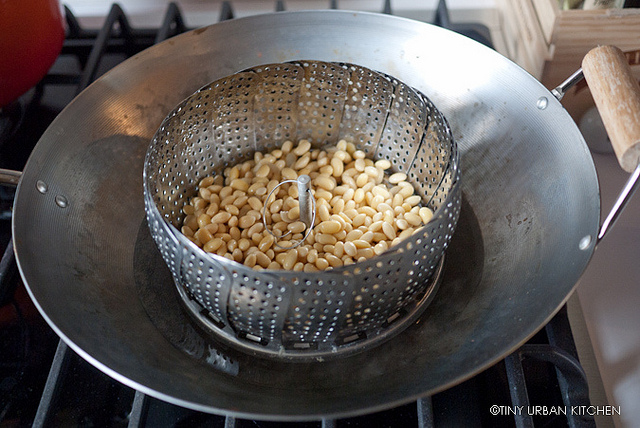
Next, you must cook them. I usually steam the beans for about 45 minutes on the stovetop, which works pretty well.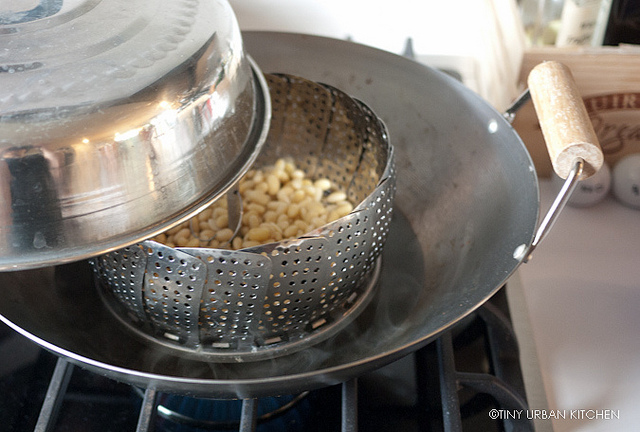
Once the beans are cooked, fill up your blender (in batches, if necessary), with a ratio of 2:1 (water:beans). I’ve been using the whole juice setting on the Blendtec, which essentially pulverizes the beans and forms this thick, creamy milk that’s chock full of protein and fiber. I think the smoothie setting works fine as well.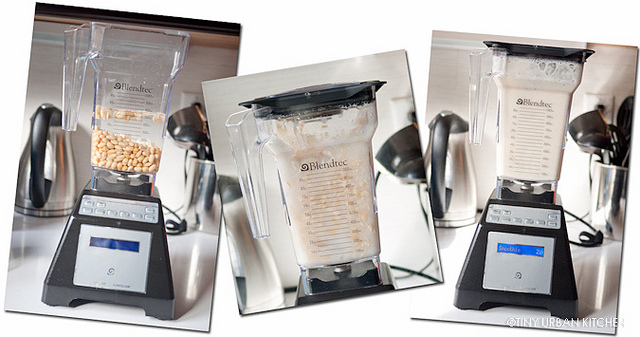
Some people are perfectly happy to drink the soymilk in this raw form. The texture is slightly thick and a bit gritty, so it's more of an acquired taste.
If you like a smoother soy milk (like the ones in the supermarkets), as a last step you can filter this thick liquid through a cheese cloth. This removes the thick, fibrous part of the bean and results in a fresh, velvety, silk-like texture.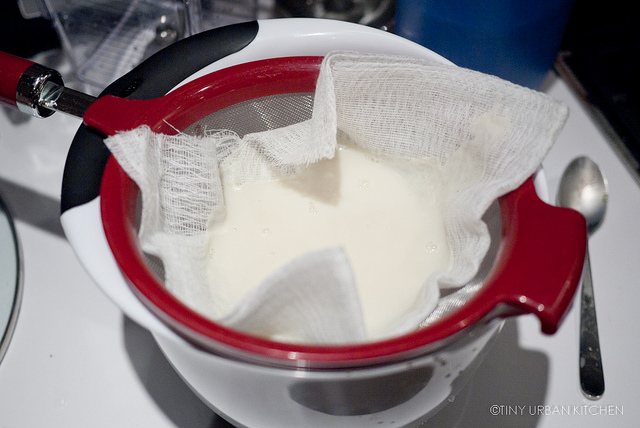
Optionally add sugar and enjoy!
You can enjoy it hot with you tiao (Chinese fried crullers), or chilled and sweetened as a beverage.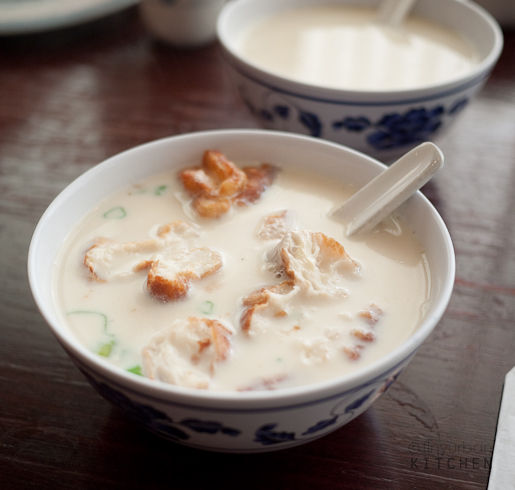
Homemade Soy Milk
1 cup dried soy beans
4-6 cups water
sugar (optional)
Soak the beans in water overnight. Make sure the beans are well covered by the water, since they will expand quite a bit. Drain the water and steam the beans for about 45 minutes. Blend the beans and water (about 2:1 water:bean ratio by volume) on the "whole juice" or "smoothie" setting of the Blendtec (50-90 seconds, or until well pulverized). If a smooth soy milk is desired, filter through a cheesecloth. Optionally add sugar to taste.
All Rights Reserved


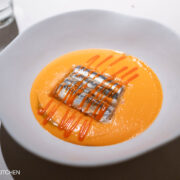




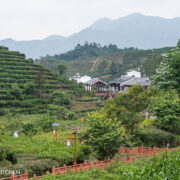


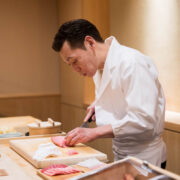
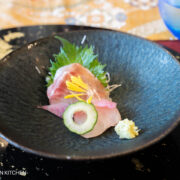
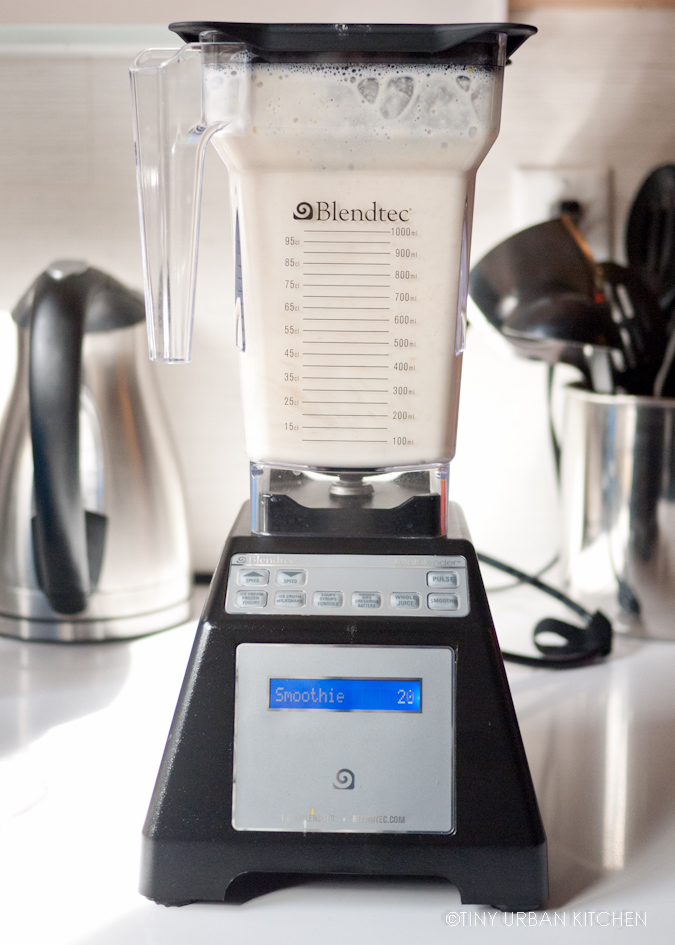
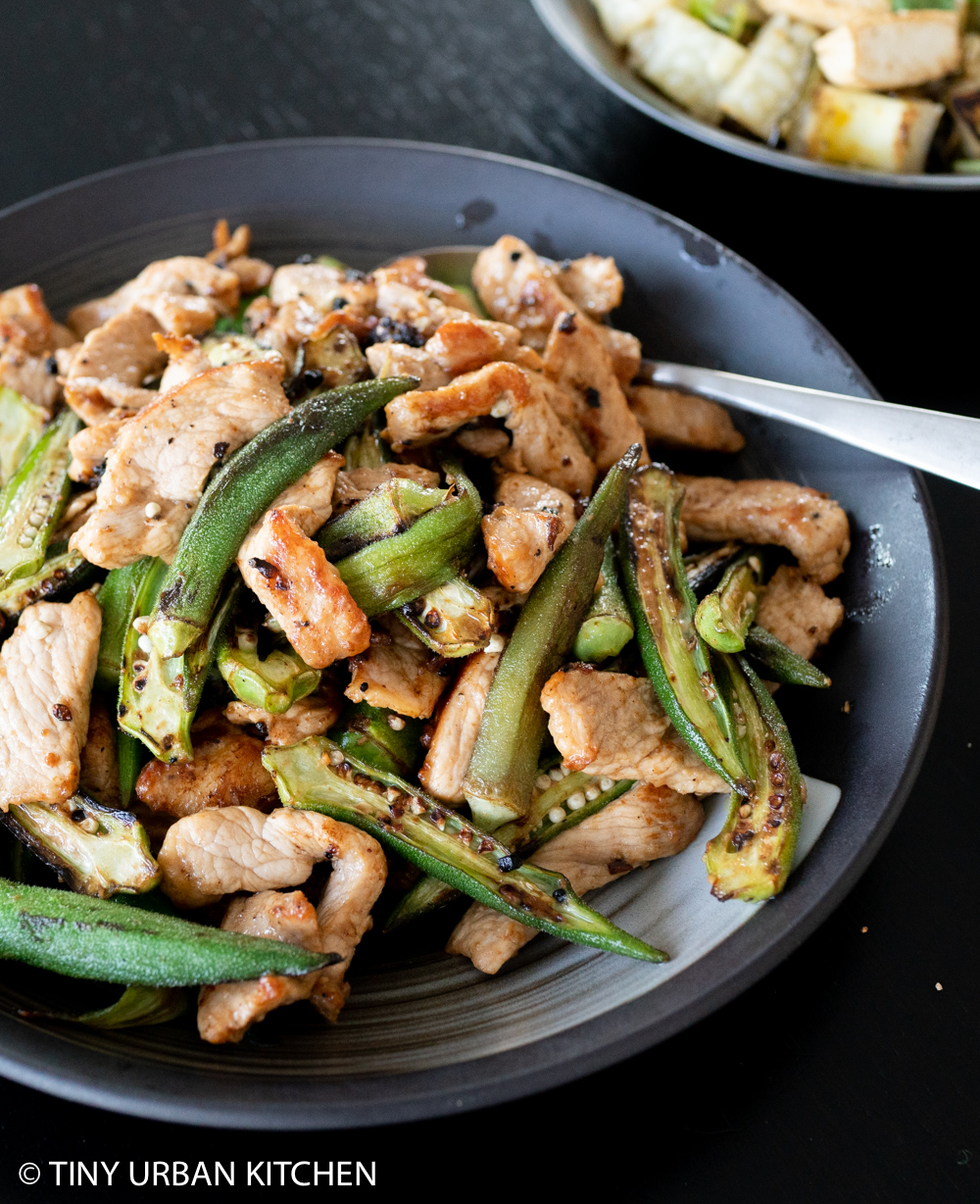
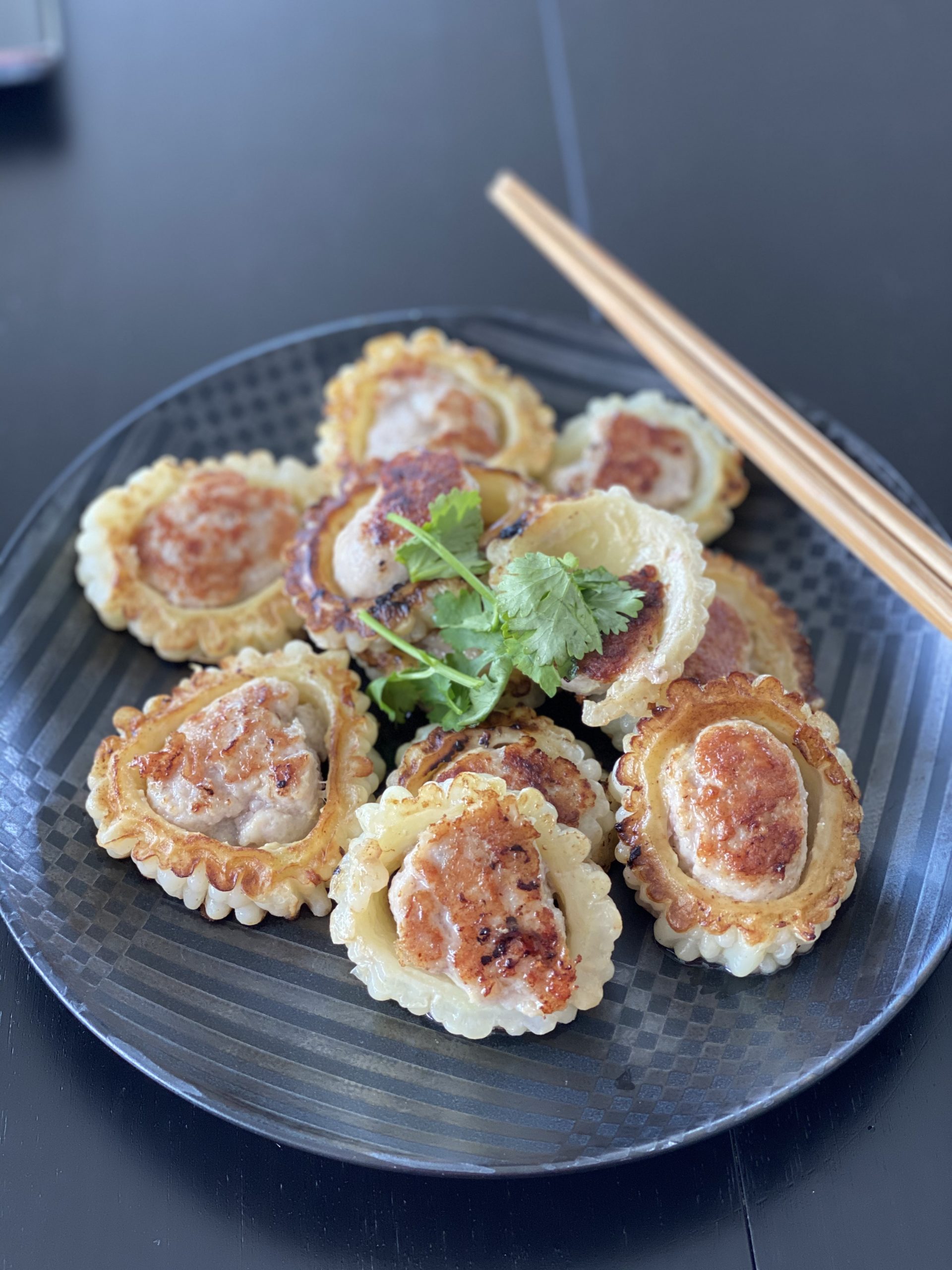
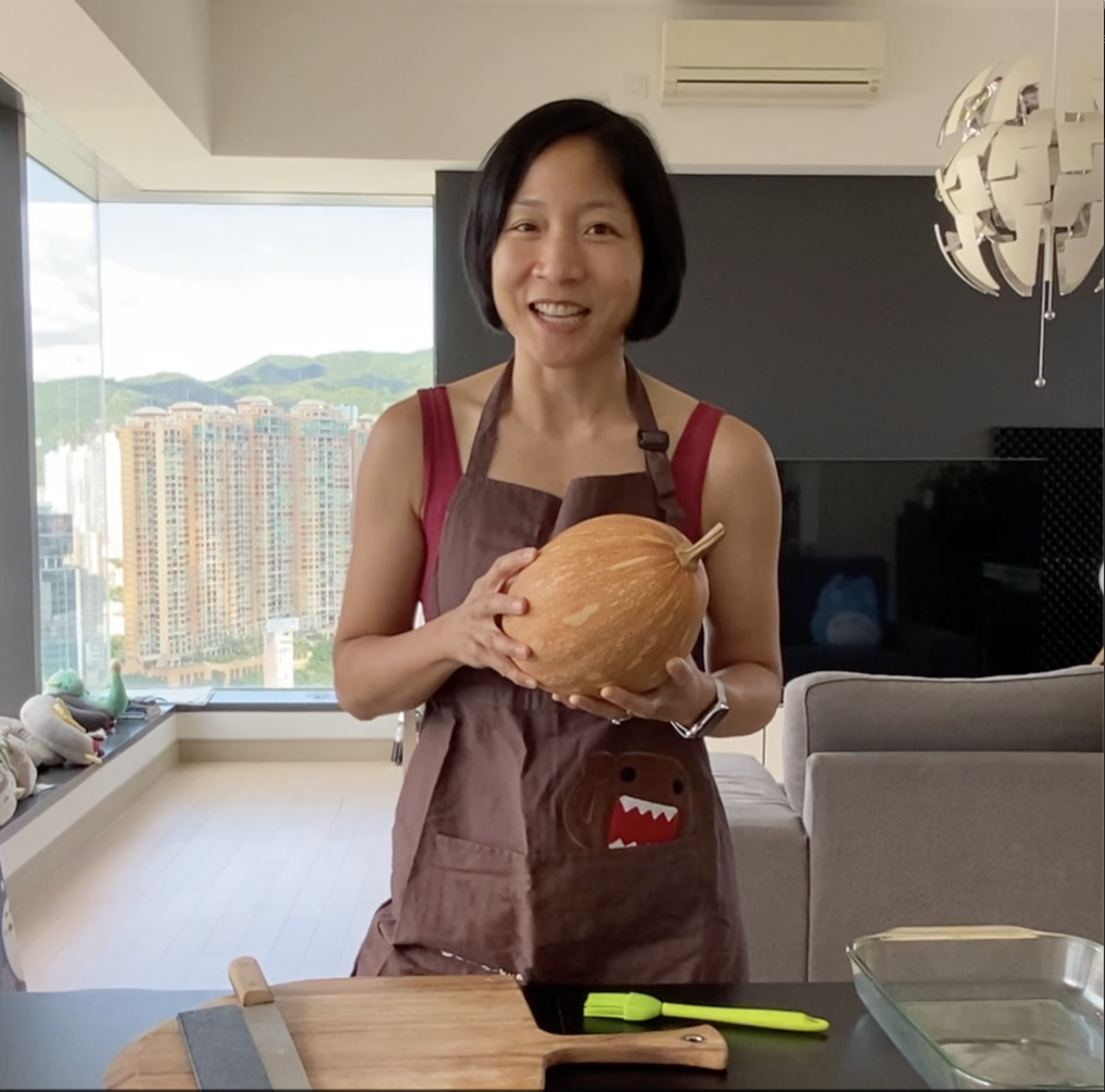
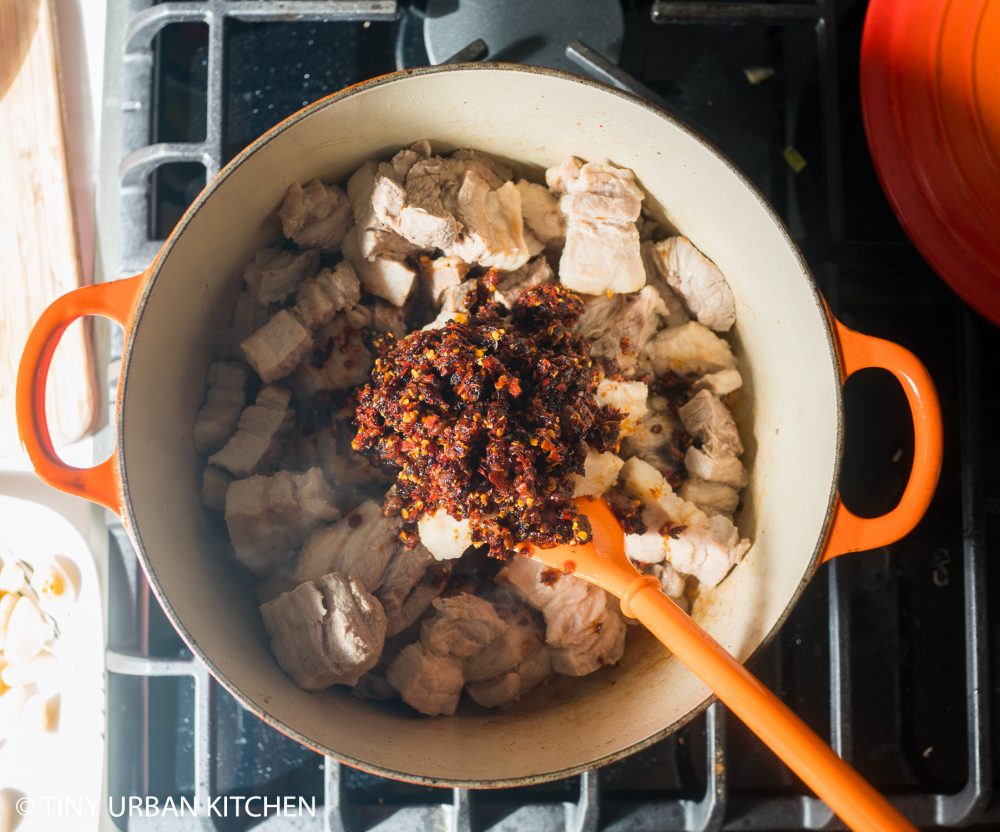
[…] are a lot of ways to make soy milk, including blending the beans prior to cooking, or steaming the beans instead of boiling. This is just what way my family does it, and I’m happy with […]